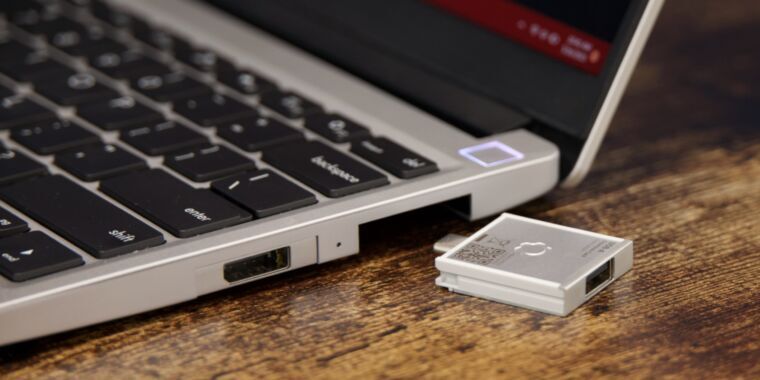- cross-posted to:
- technology@lemmy.world
- news
- cross-posted to:
- technology@lemmy.world
- news
This was a nice article to read, except complaints about the bezel (really we’re still talking about bezels?). I’ve got a Intel 12th gen Framework 13, and I’ve been curious about how they’d do with the AMD version. I’m really liking mine, but a bit more performance would be appreciated since I use it for work, too. I’ll probably buy the motherboard kit in a year or so, and slide the Intel into a case for a home server.
No one cares about bezels other than tech bloggers. And they only care so they can have another thing to write about.
I like not having space wasted. A smaller, lighter laptop is easier to carry around and fit into bags, so the more space that is used for the screen, the better.
It doesn’t make a difference though. 14" vs 13" makes a bigger difference than the few grams of plastics that is the ‘wasted space’. Also, more space means more efficient cooling usually.
The smaller it is, the bigger the difference that 1 inch makes.
Also, more space means more efficient cooling usually.
We’re not talking about more or less space, we’re talking about maximizing the value of the space you have, regardless of how much that is.
I mean, I get it, I like small bezels too, but it’s pretty low on the list…
Right, there’s definitely a threshold… but we’re not anywhere near it. Like I said I have the FW13, and my wife has a similar sized Dell XPS. There’s less than half an inch difference. The Dell has almost no bezel… and fingerprints on the display all along the edge from having to open and close it. And the bezel on the top of the FW has hardware switches for disabling the mic and webcam which is probably why it’s bigger in the first place.
Actually, larger bezels are more ergonomic because they give the eyes a ‘frame’ so they can focus better, especially for 3D content.
I hate frameless displays with a passion for that reason.
This makes zero sense. What do you think “ergonomic” means?
they give the eyes a ‘frame’ so they can focus better
That sounds like something you just made up.
I’m mostly going to complain about bezels on any mobile device with a screen because I really want to maximize screen real estate. But at some point I’m just like “really?”. Like you are going to make SOME compromises to be repairable and upgradeable and that seems like a fairly minor one.
Yup, in the same boat and that looks like a good plan.
You love to see it. Enjoyed keeping my eye on Framework over the years. Might jump on the bandwagon with the 16 eventually.
This is the best summary I could come up with:
My third review of this laptop is probably the one that I (and many Framework-curious PC buyers) have been the most interested to test, as the company has finally added an AMD Ryzen option to the repair-friendly portable.
I won’t spend a lot of time talking about the design of the Framework Laptop 13 again, except to say that it remains a competent ultraportable, and there’s nothing that feels dated or clunky about its design now that didn’t already feel a little dated and clunky two years ago (the relatively thick display bezel is the main culprit here).
Another laptop in this category we generally like, Lenovo’s ThinkPad X1 Carbon, has been using the same basic design for years, so it’s not like Framework is in danger of falling behind in a chaotic and fast-paced industry.
All the Intel Framework Laptops have supported the same specifications for all four ports (USB 4 for the 11th-gen, Thunderbolt 4 for the newer ones), allowing you to install the expansion card modules wherever you want them without worrying about the particulars.
Framework also says the rear ports enter a “high-power mode” when USB-A modules are connected to them, which can reduce battery life.
But some modules are better fits for specific ports, and you’ll have to be a bit more careful about where you put things if you want the best performance and battery life.
The original article contains 530 words, the summary contains 232 words. Saved 56%. I’m a bot and I’m open source!





